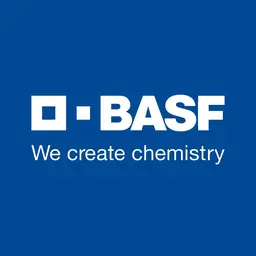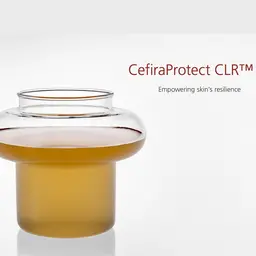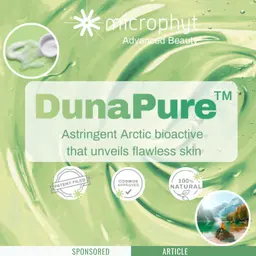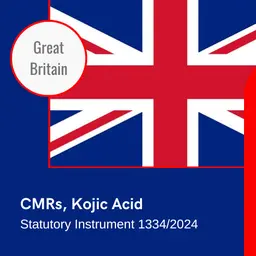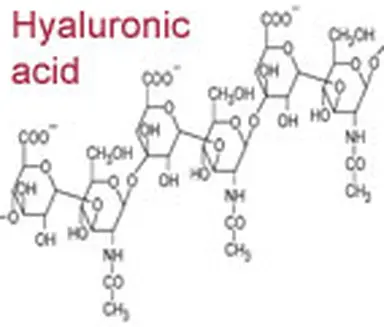
No one is vaunting any more the merits of the Hyaluronic Acid (HA) in the fight against ageing marks. Injected, it is one of the most popular ways of filling wrinkles used in dermatologist practices, with impressive results, although they last only for some months, a year at best. Is Hyaluronic Acid as efficient when applied on skin in cosmetics?
We have lost count of all the anti-ageing creams and serums based on Hyaluronic Acid. This product, renowned to be very efficient when injected, is now a trendy cosmetic active ingredient, which has stirred up an interest for several years.
Without any doubt, the marketing departments have played their part in the boom of the Hyaluronic Acid in cosmetics: its efficiency in medical practices gives it a "high-tech" image and a hard-seller "dermatological backing" … so much that one may forget to wonder whether the product may be as efficient from the outside as from the inside, even if ready to pay a high premium for a cosmetics with this ingredient.
What is it?
Hyaluronic Acid was discovered in the 1930s. This glycosaminoglycane belongs to a family called polysaccharides and is a natural component of the human body. This substance, with its vitreous and transparent texture, is found in joints, muscles, eyes … while skin is the organ the richest in HA. It helps in building its connective tissue (using a large quantity of water, among other ingredients); it is critical to the structural integrity of the dermal collagen and elastin matrix, which makes the different layers of the skin. …

